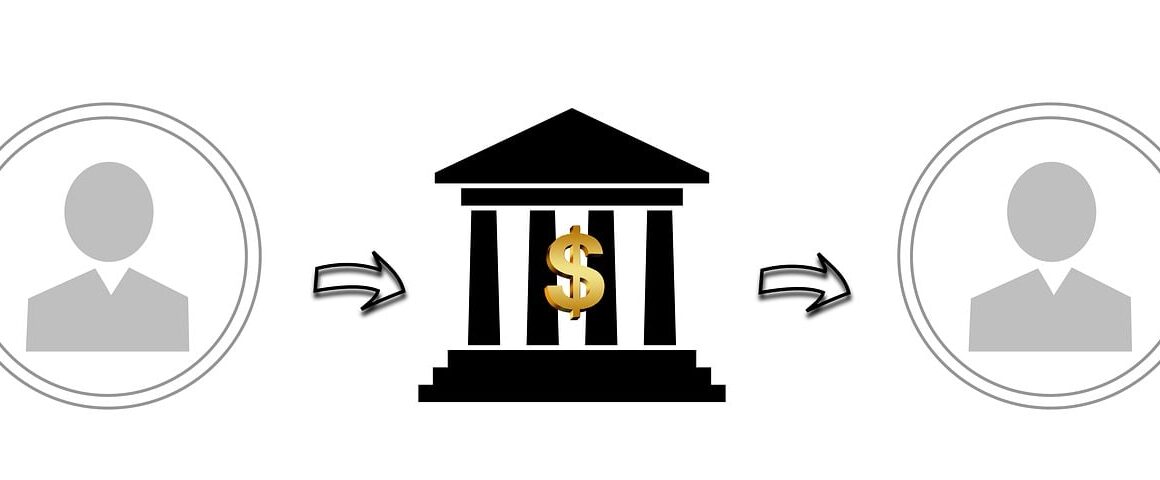Transfer Pricing Techniques in Multinational Enterprises
Transfer pricing is a critical aspect of international finance, especially for multinational corporations. It refers to the pricing of goods, services, and intangible assets when these transactions occur between related entities in different tax jurisdictions. The techniques applied in determining transfer prices can significantly impact a corporation’s profit allocation and tax exposure. Various methods exist, each tailored to align with the unique circumstances of individual transactions. The importance of properly managing transfer pricing cannot be understated; it not only influences a company’s financial performance but also its compliance with regulations set by tax authorities. Multinational enterprises (MNEs) must consider local tax laws, international guidelines, and economic conditions when formulating transfer pricing strategies. Failure to comply can lead to costly audits and disputes with tax authorities, making it essential for firms to adopt rigorous documentation practices. In this regard, understanding the OECD Transfer Pricing Guidelines becomes invaluable. They provide a framework that MNEs can use to determine arm’s length pricing, promoting transparency and fairness in intra-group transactions.
Methods of Transfer Pricing
Several transfer pricing methods are utilized by multinational enterprises to ensure compliance with regulations while minimizing tax liabilities. The five primary methods recognized by the OECD include the Comparable Uncontrolled Price (CUP) method, the Cost Plus method, the Resale Price method, the Profit Split method, and the Transactional Net Margin method (TNMM). Each method serves different scenarios depending on the nature of the transaction and the availability of comparable data. The CUP method, for instance, compares transaction prices with those charged in similar transactions between unrelated parties. Alternatively, the Cost Plus method calculates transfer prices based on production costs plus an appropriate profit margin. The Resale Price method determines prices by examining the margin realized when reselling goods to third parties, less the costs incurred. On the other hand, the Profit Split method allocates profits based on the contributions of each party involved in the transaction, whereas TNMM reflects profitability by referencing a comparable entity’s net margins. Understanding these methods helps MNEs navigate complex pricing structures.
The choice of transfer pricing method significantly affects a multinational corporation’s compliance landscape. Regulatory authorities closely scrutinize transfer pricing policies to ensure that profits reported in various jurisdictions represent fair value. This scrutiny has intensified in recent years due to the growing concerns about tax avoidance and profit shifting practices adopted by some multinational enterprises. Consequently, companies must explicitly justify their chosen methods and demonstrate that their pricing practices adhere to the arm’s length principle. Establishing sound methodologies requires robust financial data and the ability to support the rationale behind pricing decisions. Moreover, companies should engage in continuous monitoring and adjustment of their transfer pricing frameworks. This proactive stance ensures that they remain adaptable to changes in regulatory environments and market conditions. Furthermore, maintaining sufficient documentation is essential for substantiating the rationale behind transfer prices, which serves not only compliance purposes but also strategic decision-making. Stakeholders, including investors and tax authorities, benefit from clear insights into a company’s financial practices, reinforcing confidence and facilitating smoother operational flow.
Compliance and Risk Management
Effective transfer pricing management incorporates robust compliance and risk management strategies that align with international standards and local requirements. By establishing clear procedures for pricing transactions and periodic reviews, multinational enterprises can mitigate compliance risks. Moreover, they can reduce potential disputes with tax authorities over transfer pricing matters. Engaging with tax experts and legal advisors is necessary for navigating the complexities of different jurisdictions. Companies should also invest in comprehensive training for their finance teams to ensure a thorough understanding of transfer pricing regulations. Creating an organizational culture that emphasizes transparency and adherence to legal requirements is vital. Additionally, companies may consider using technology solutions to automate and streamline their transfer pricing processes, allowing for better data collection and analysis. This technology can facilitate timely documentation and ensure consistency in reporting across jurisdictions. Conducting regular internal audits and making adjustments based on findings can further enhance compliance efforts. Ultimately, a proactive approach in managing transfer pricing not only assists in avoiding penalties but can also serve as a competitive advantage for multinational enterprises.
One of the challenges multinational enterprises face in transfer pricing is the potential for disputes with tax authorities across different countries. These disputes often arise due to differing interpretations of transfer pricing rules or disagreements on the valuation of assets. To minimize disputes, MNEs should conduct thorough benchmarking studies to identify comparable transactions and support their pricing methodologies. Furthermore, engaging in advance pricing agreements (APAs) with tax authorities can provide a level of certainty regarding their transfer pricing policies. An APA establishes an agreed-upon pricing method for specified years, reducing the risk of audit adjustments. Effective communication with tax authorities can also play a crucial role in averting disputes. Companies should be transparent and forthcoming with relevant documentation during audits. In case of disagreements, seeking alternate dispute resolution mechanisms, such as mediation or arbitration, can expedite conflict resolution. Implementing a well-defined transfer pricing strategy that incorporates risk management measures can assist companies in navigating complexities and remaining compliant with regulatory requirements. By fostering a cooperative relationship with tax authorities, MNEs stand to benefit significantly.
Global Best Practices
Adopting global best practices in transfer pricing is essential for multinational enterprises seeking to optimize their financial performance and ensure compliance. Companies should benchmark against industry leaders and incorporate successful strategies in their transfer pricing frameworks. Creating a centralized governance structure can facilitate better decision-making processes, ensuring that all stakeholders are aligned with corporate objectives. As global business operations evolve, integrating factors such as digitalization and e-commerce into transfer pricing strategies becomes increasingly important. Companies must reflect on how digital goods and services are valued and the implications for transfer pricing. Additionally, multinational enterprises should focus on harmonizing their transfer pricing policies across jurisdictions to reduce administrative burdens. Transparency in reporting and compliance must be prioritized to enhance stakeholder confidence. Collaborative efforts between finance, tax, and operational teams can yield better insights into pricing strategies and their implications. Lastly, continuous improvement and adaptation to the ever-changing regulatory landscape will help MNEs maintain their competitive edge and foster a sustainable growth trajectory. Commitment to best practices positions firms as leaders in the global marketplace.
In conclusion, transfer pricing remains an integral component of multinational finance, crucial for ensuring compliance while optimizing global tax efficiencies. MNEs must navigate an increasingly complex landscape dictated by varying tax regulations and scrutiny from authorities. Effectively managing transfer pricing requires a solid understanding of applicable methods, continuous monitoring, and clear documentation practices. It is imperative that corporations establish a strong framework backed by data analytics and risk management strategies to prevent compliance issues. Efforts to align pricing with the arm’s length principle strengthen relationships with tax authorities and minimize disputes. Furthermore, adopting global best practices, including technologies and stakeholder engagement, enhances operational efficiencies. As businesses continue to expand across borders, the approach to transfer pricing must evolve to reflect changes in the economic environment and regulatory expectations. Success in this area can lead to reduced tax liabilities and improved bottom-lines for multinational corporations. Effective transfer pricing strategies not only secure compliance but also contribute significantly to a company’s overall success, reinforcing its position in the competitive international market.


